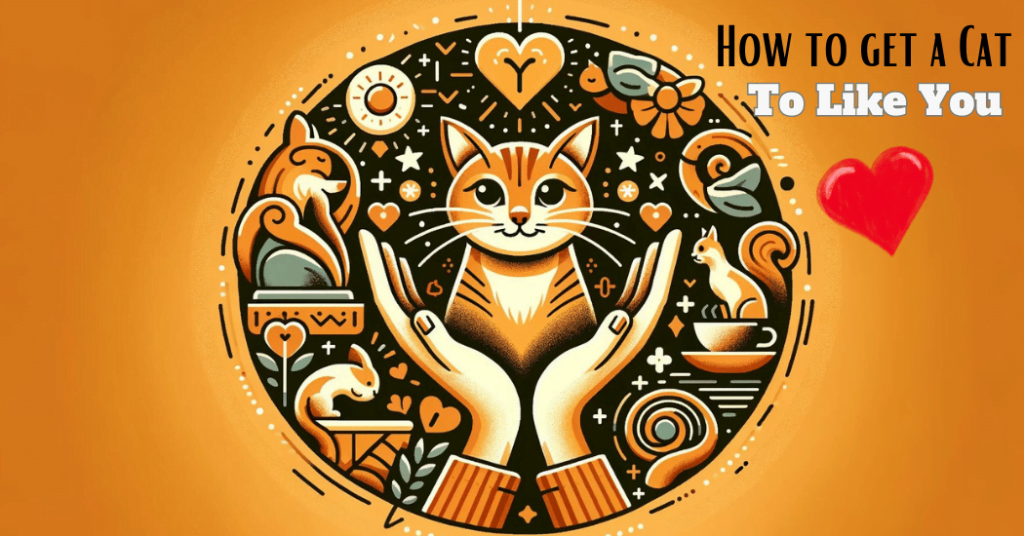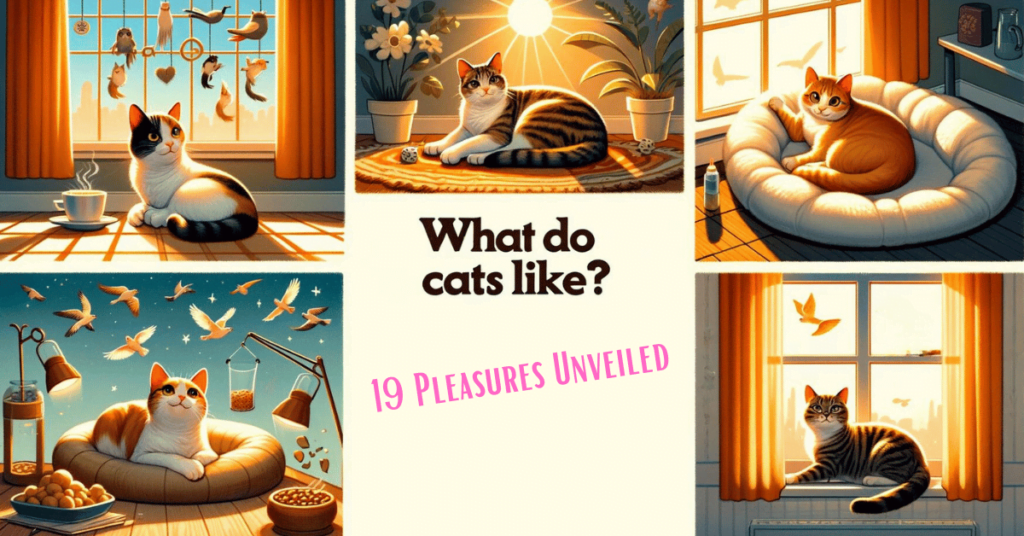This post contains affiliate links and I will be compensated if you make a purchase after clicking on my links.
Deciphering Feline Affection: Understanding Why Do Cats Like to Be Pet
Cats are intriguing creatures, aren’t they? One minute they’re off exploring the depths of your closet, and the next, they’re curled up in your lap, purring contentedly as you stroke their fur. But have you ever wondered why cats seem to revel in those moments of affection? In this exploration, we’ll uncover the secrets behind one of feline behavior’s most delightful mysteries: why do cats like to be pet?
Understanding this aspect of our furry friends’ behavior is a key element in nurturing the bond between human and feline, signifying trust and affection in ways unique to the cat kingdom.
Why Cats Love Being Petted: Exploring the Benefits
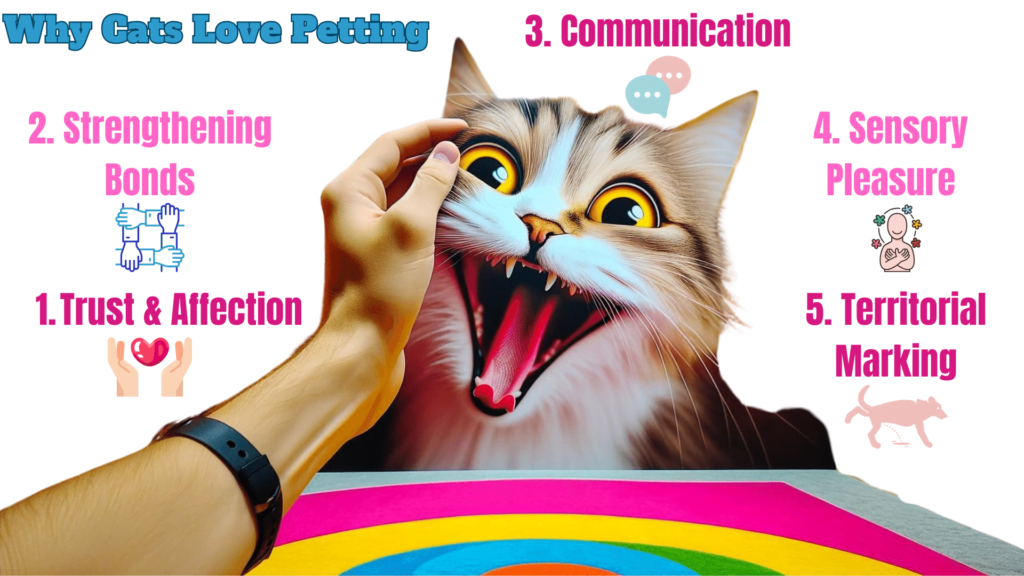
1. Signifies Trust and Affection
Cats may be known for their independent nature, but make no mistake—those moments of petting are more than just casual encounters. When a cat allows itself to be petted, it’s a display of trust and affection towards their human companions. Contrary to their solitary instincts, cats seek out these moments of connection, reveling in the bond they share with their chosen humans.
2. Strengthens the Human-Feline Bond
Petting plays a vital role in strengthening the bond between cats and their owners. It serves as a reassuring constant in their lives, providing a sense of routine and familiarity that helps alleviate separation anxiety.
Additionally, petting stimulates the release of oxytocin, often referred to as the “love hormone,” in both cats and humans. This hormone enhances the emotional connection between cats and their owners, fostering a deeper bond and reinforcing social interactions during petting sessions.
3. Communication and Attention Seeking
Ever notice how your cat saunters over and plops itself down in front of you, demanding attention with a flick of its tail? Cats are masters of communication, and when they initiate petting sessions, they’re engaging in a form of feline conversation. Petting becomes a way for cats to communicate their desires, whether it’s a plea for attention, a request for food, or simply a declaration of their presence.
4. Sensory Pleasure
Petting is more than just enjoyable for cats; it’s a sensory experience. Key areas such as the cheeks, chin, and the base of the tail are packed with nerve endings, making each stroke deeply satisfying. Each rub can feel like a targeted massage, perfect for soothing and relaxing your feline friend.
5. Territorial Marking
Petting isn’t just about affection; it’s also a strategic move for cats. When they rub against you or nuzzle into your hand, they are not just seeking comfort—they are marking you with their scent. This behavior claims you as part of their territory. So, the next time your cat comes over for a cuddle, remember that they’re doing more than showing love; they’re declaring you as their own in the feline world.
Reading Feline Body Language
Communicating Tolerance Through Body Language
Cats are not shy about expressing their feelings through body language. Signs of enjoyment include relaxed body posture, purring, and gentle kneading.
Conversely, signs of discomfort may include tail flicking, flattened ears, or attempts to move away. It’s crucial to respect these signals and stop petting if your cat shows signs of distress or irritation.
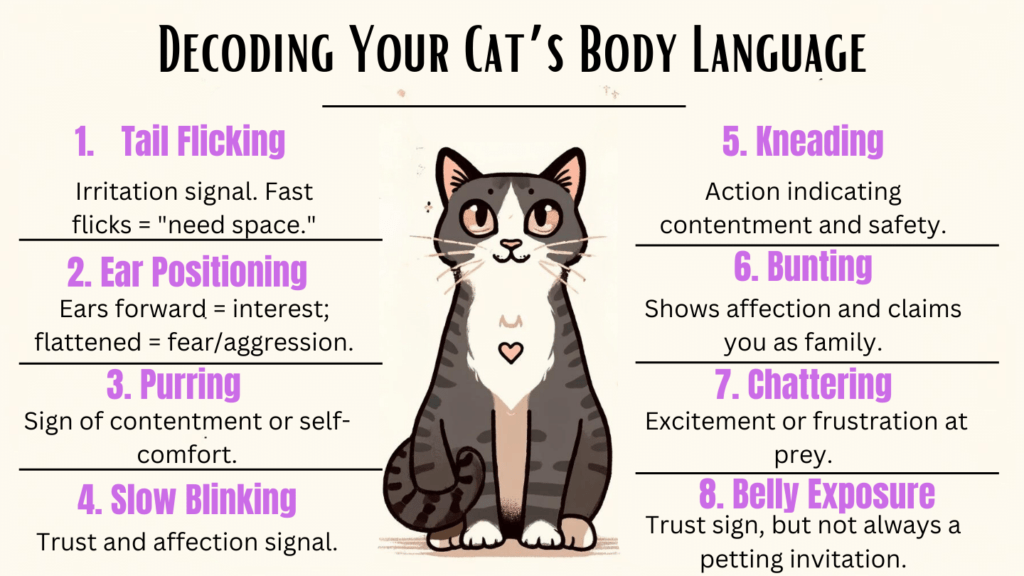
Not All Cats Enjoy Petting
Contrary to popular belief, not all cats are enthusiastic about petting. Some may tolerate it for a brief period before becoming agitated, while others may outright reject it. It’s essential to recognize your cat’s individual preferences and respect their boundaries when it comes to physical contact.
Proper Petting Techniques
When it comes to petting, it’s all about respecting the cat’s autonomy. Allow them to initiate contact and choose when and where they want to be petted. Start with gentle strokes and observe their body language for cues of enjoyment or discomfort. Remember, petting should be a mutually enjoyable experience for both you and your cat.
Preferred Petting Locations
While every cat is unique, certain areas tend to be universally preferred for petting. The sides of the face, neck, and shoulders are prime spots for gentle strokes and scratches. Pay attention to your cat’s response to determine their favorite petting zones and tailor your interactions accordingly.
Respecting Feline Boundaries
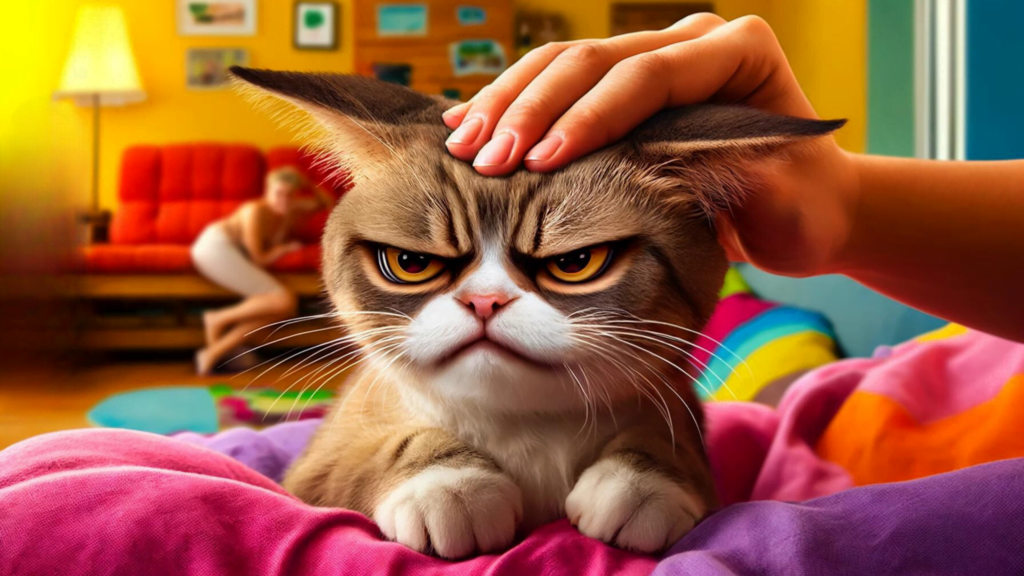
As much as we may love showering our feline companions with affection, it’s essential to recognize when they need their space. Here are some instances when cats may not enjoy being petted:
Over stimulation Leading to Aggression or Withdrawal
Just like humans, cats have their limits when it comes to sensory stimulation. Overly enthusiastic petting can lead to over stimulation, resulting in aggression or withdrawal as a defensive response. Pay attention to your cat’s body language and adjust your petting intensity accordingly to avoid pushing them past their comfort zone.
Individual Preferences and Sensitivities
While some cats may enjoy long petting sessions, others may prefer brief interactions or may only tolerate petting in specific areas. Respect your cat’s individuality and be mindful of their preferences when engaging in petting sessions.
Health Issues or Pain
Sometimes, a cat’s reluctance to be petted may be due to underlying health issues or pain. Conditions such as arthritis or injuries can make certain areas of their body sensitive to touch. If your cat suddenly shows aversion to petting or exhibits signs of pain, it’s essential to consult with a veterinarian to rule out any medical concerns.
Areas Typically Disliked for Petting
- Belly Rubs Beware: Cats are often sensitive about their bellies. Unlike dogs, many cats see belly-rubbing as a breach of trust—not a belly invite!
- Tail Tales: The base of the tail is another hotspot for potential irritation. While some cats might not mind, others might find petting here a tail of annoyance.
- Backdraft: Running your hand along the spine might be your idea of a kind gesture, but some cats might read it as a spine-tingling horror story.
Tips for Positive Petting
Now that we’ve uncovered the secrets behind why cats enjoy being petted, let’s dive into some practical tips for ensuring those petting sessions are nothing short of purr-fect:
- Start with Gentle Strokes: Begin petting your cat with soft, slow strokes, paying close attention to their reaction. Watch for signs of enjoyment such as relaxed body posture, purring, and gentle kneading.
- Respect Their Cues: If your cat shows signs of discomfort or agitation—such as tail flicking, flattened ears, or attempts to move away—respect their boundaries and stop petting immediately.
- Establish Trust: Building trust is key to fostering a positive relationship with your cat. Use positive reinforcement techniques, such as offering treats or verbal praise, during petting sessions to reinforce good behavior and strengthen the bond between you and your furry friend.
Lessons Learned on Why Do Cats Like to Be Pet
In the heartwarming dance of human-feline interaction, petting plays a crucial role—a gentle reminder of the trust and affection that binds us to our beloved cats.
Remember the lessons we’ve learned today: respect your cat’s individual preferences and boundaries, observe their cues during petting sessions, and above all, cherish the moments of connection and affection you share. By doing so, you’ll not only strengthen the bond with your cat but also enrich both of your lives in immeasurable ways. Happy petting! 🐾
Meet Sean, a fintech whiz with a penchant for pet purrs and blockchain buzz. After a decade of fintech feats, Sean’s tech talents leaped from ledger lines to litter lines, driven by a passion for pets and a vision for a more connected pet care community. With three critter companions as co-pilots, Sean launched this blog to share a treasury of pet-friendly tech tips and tales.


